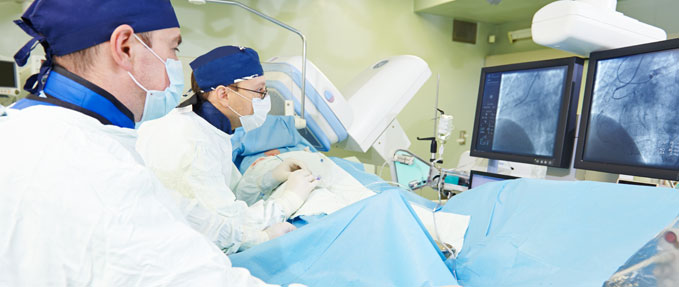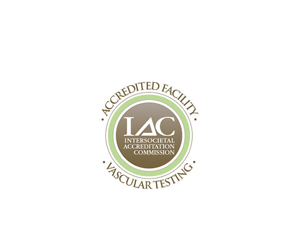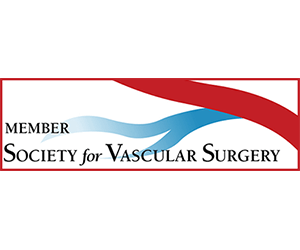To remove plaque in your carotid arteries and help prevent a stroke, your physician may recommend a carotid Endarterectomy. Carotid Endarterectomy is one of the most commonly performed vascular operations, and is a safe and long-lasting treatment.
You may either be put to sleep or, alternatively, your anesthesiologist or surgeon can numb your neck area and keep you awake so you can communicate with the surgeon during the operation. By staying awake, you may help your physician monitor your brain’s reaction to the decreased blood supply. Once you are either asleep or the area around your neck is completely numb, your surgeon will shave the skin on your neck where he or she is going to make an incision, to help prevent infections. Your surgeon then makes the incision on one side of your neck to expose your blocked carotid artery. Next, your surgeon temporarily clamps your carotid artery to stop blood from flowing through it. During the procedure, your brain receives blood from the carotid artery on the other side of your neck. Alternatively, your surgeon can insert a shunt to detour the blood around the artery that is being repaired.
After your surgeon clamps your carotid artery, he or she makes an incision directly into the blocked section. Next, your surgeon peels out the plaque deposit by removing the inner lining of the diseased section of your artery containing the plaque. After removing the plaque, your surgeon stitches your artery, removes the clamps or the bypass, and stops any bleeding. He or she then closes your neck incision and the procedure is complete. Often, a patch is used to widen the artery as part of the procedure. The patch material used can be your own vein, usually from the leg, or a variety of synthetic materials depending upon your particular circumstance. The procedure takes about 2 hours to perform but may seem slightly longer depending upon the anesthetic and preparation time.













